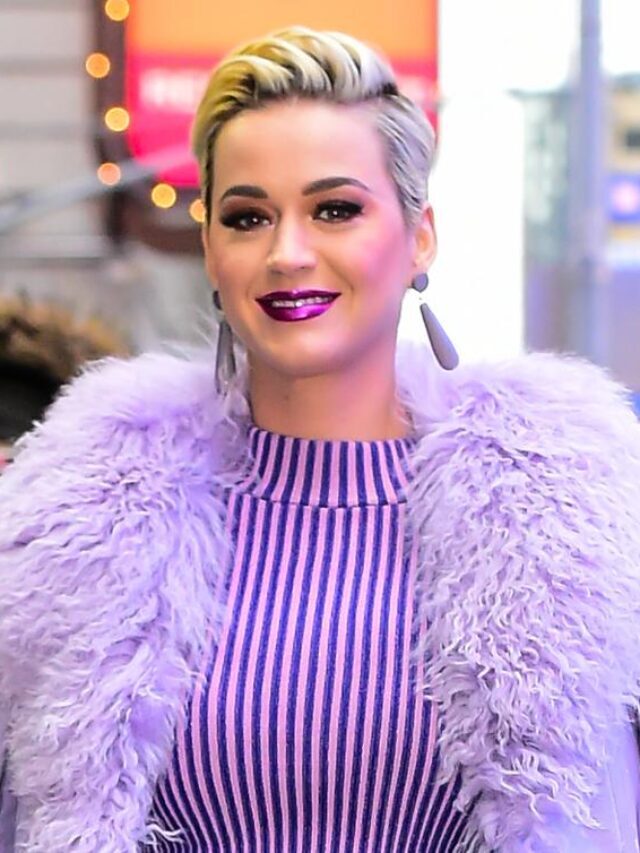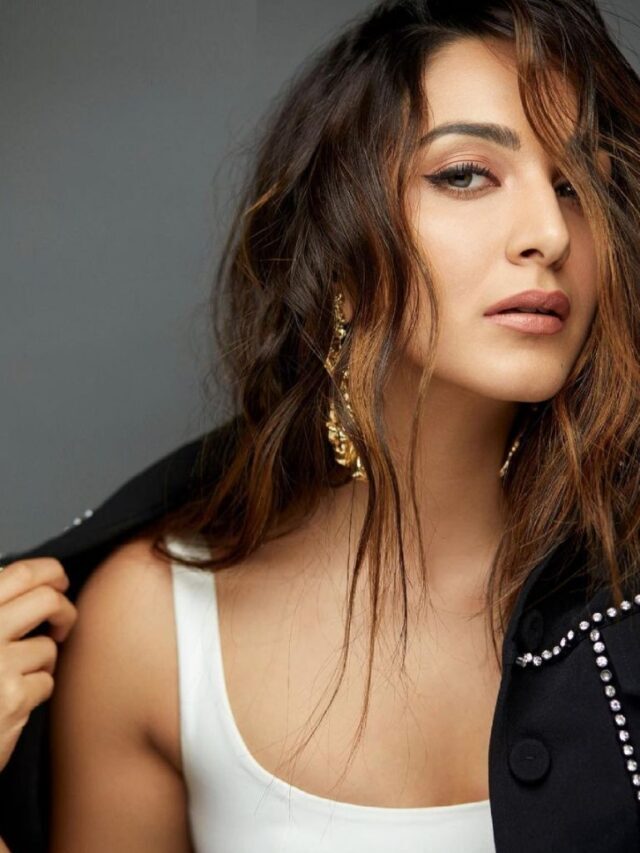Windcatcher Before Shark Tank
Some people’s inventiveness might leave us mere mortals in awe, but Ryan Frayne from Portland, Oregon, created Windcatcher, a brilliant device that prevents users from ever becoming out of breath in the first place.
On a trip to the beach with his family, Ryan had an epiphany. There must be a simpler method to inflate things, he reasoned as he watched his brother attempt—and largely fail—to blow up a bed. Ryan returned home and started experimenting with various sorts of valves. Eventually, he discovered a phenomena called air entrainment, which he could use to significantly increase the effectiveness of inflating objects.
Ryan found that although air entrainment was a well-known technology, no other businesses were yet making inflatables that utilised it, at least not for commercial uses. Air entrainment functions as a result of variations in air pressure. He created a working prototype of an inflatable that he termed an Air Bag; it could be quickly inflated using a valve that allowed air entrainment, but Ryan had also created a special valve that made it possible to quickly collapse the airbag.
Ryan used a tried-and-true method for innovators seeking to transform their concepts into tangible items. He turned to the Kickstarter community and started a campaign in May 2013. In order to cover the setup costs of the manufacturing process, he set a goal of $50,000 for the month-long project, and the response from backers on Kickstarter could not have been more enthusiastic. Ryan had nearly tripled his goal of $50,000 by the end of the month-long campaign, but he had huge ambitions for the future and realised he would need the assistance and connections that a business expert could offer if he was to make the millions he was confident his innovation was worth. He applied for Shark Tank with that objective in mind and made an appearance on the programme in October 2015.
Windcatcher On Shark Tank
When Ryan came on the show, he intended to receive a $200,000 investment and a shark partner in exchange for an 8% ownership in the Windcatcher company. In the beginning of his pitch, he explained to the sharks that inflating objects had always been extremely difficult, time-consuming, and risky due to the need to place your mouth directly on a potentially infectious valve. However, the Windcatcher airbag was different thanks to the valve Ryan had created.
The businessman demonstrated how simple it was to inflate by rolling out a man-sized air mattress across the carpet. After a few breaths, it had fully pumped. The sharks were impressed, Mark Cuban appeared to be doubting what he was seeing and wondering whether he had just watched a magic trick, but the show had just begun. Ryan explained that the bag had been made to be quickly folded into three layers, where it could then be used as a comfortable seat.
All the sharks were mesmerised by the wonder of the situation, but Ryan had even more advantages of the Windcatcher company for them to take into account. He informed them that the airbag could be quickly deflated thanks to the valve he had created, and that there were almost countless practical uses for the Windcatcher technology. He asked the sharks if one of them was willing to assist him “Blow away the competition” as he concluded his presentation.
Likeable Ryan delivered a persuasive argument, and the airbag’s short demonstration was really amazing. Kevin O’Leary was still perplexed at the pace of the airbag inflation when Robert Herjavec quickly praised his professionalism. “You’re going to tell us how it works right?” he questioned Ryan.
Without getting too technical, Ryan briefed the sharks on the phenomena of air entrainment and explained that it was brought on by variations in air pressure and that it could be exploited to inflate the airbag ten times faster by just utilising his special valve. Ryan said that the Windcatcher airbag retailed for $99 when Kevin enquired about its price.
visitor shark Chris Sacca wanted to know if there was anything unusual about the airbag itself or if it was just the valve. The valve on his airbag, according to Ryan, is what makes it special, but its ability to fold up is an original design.
Ryan responded in the affirmative when Lori Greiner inquired about the existence of a patent for his invention. Chris inquired as to whether he had engineering training, and somewhat surprisingly, the answer was no. Nevertheless, he told the sharks that he had long been fascinated by invention. Ryan was a unique applicant, and the sharks appreciated his style. Mark Cuban offered him a subtle look of adoration at that realisation.
Kevin O’Leary was interested in Ryan’s plans for the company’s future and wanted to know whether he intended to licence the technology to producers of different goods or use it himself to create a line of items. Ryan informed him that there were many untapped uses for the valve and that he intended to pursue both options.
Ryan was “A really innovative guy,” as Kevin could see, but he warned the businessman that starting a company required an entirely different skill set. How much Ryan “coveted” his equity, he enquired. Ryan’s predictable response was that it meant a great deal to him. Then Kevin revealed that he had an appropriately creative proposition for the creative entrepreneur. He would provide the $200,000 as a venture debt rather than an investment. He indicated that he would receive a 6% royalty on sales until the loan was repaid in full ($800,000), at which point he would receive a 3% equity stake in the company.
Ryan didn’t appear really excited about the offer. Kevin assured Ryan that he would only lose 3% of the company, but Ryan found it difficult to return the loan right once and was dissatisfied with the 400% repayment requirement. Kevin advised him to make a counteroffer, but Ryan’s originality seemed to have vanished because he couldn’t seem to settle on a different arrangement.
Finally, Lori Greiner offered Ryan a different option. She proposed investing $200,000 in return for 15% equity. Kevin said, “Ouch, that seems pricey,” but Lori persisted. She assured Ryan that she had a great deal of expertise introducing new products and getting excellent sales results.
Chris Sacca offered to join Lori on her deal, and she was glad to have him because he could add a lot of value to the marketing side of things. However, she revealed that Ryan would have to give up 20% of the company in order for her and Chris to receive a fair amount of stock.
Ryan sparked a whirlwind of offers and counter-offers from the Sharks. Kevin warned Ryan, “Ouch, I wouldn’t do that Ryan,” even though Ryan appeared utterly uninterested in his agreement. Ryan received a third offer from Robert Herjavec, who suggested investing $200,000 in exchange for merely 10% of the company. At that point, the Shark Tank went into a frenzy as the sharks competed to seal a deal with the creative businessman from Portland.
Chris was a little surprised that Lori hadn’t contacted him, but he agreed with her proposal nevertheless. Lori improved their joint contract to $200,000 for 15% equity.
Ryan seems content with the abundance of opportunities available to him but perhaps a little overpowered by the other sharks. In order to finance purchase orders, he asked Robert if he would put a $10 million line of credit in the agreement.
Robert was cut off by Kevin, who changed his offer so that he would only get 2% of the company if the money was paid back. Robert responded to the prior question. He would fund the purchase orders but not extend a $10 million credit.
The only Shark without a bid for Ryan was Mark Cuban, but he now made the room full. He offered to fund the purchase orders and accept $200,000 in exchange for just 8% equity.
Ryan was perplexed by the events in the tank as Robert swiftly reduced his own offer to only 6.5% equity and Kevin indicated he would accept just 1% of the company. However, Lori Greiner was ready to execute the most severe manoeuvre on both Robert and the visiting shark Chris Sacca.
On her own, without Chris, she would also fund the buy orders, she assured Ryan, but he had to accept her offer right once. She would give him the $200,000 in exchange for merely 5% stock.
Chris said, “Left at the alter,” having just discovered an important shark lesson: never trust the other sharks. When Ryan instantly understood that Lori’s offer was much better than the one he had been looking for after laughing at Chris’s remark, he swiftly accepted it, and Lori pumped her fists in joy.
Windcatcher Now in 2022 – The After Shark Tank Update
Although Lori and the Windcatcher corporation had a contract, it never materialised because of the parties’ protracted legal disputes. In essence, Cascade Designs had used its technology to create a copy of the product. Ryan was unaware of the “licence deal” until other companies began informing him and praising him.
It ultimately led to a court dispute. Despite the fact that Windcatcher produced the imitation, Cascade had filed a complaint against them for, among other things, unfair competition and deceptive advertising. Although the Windcatcher valve (the invention that the other business had copied) eventually received a full patent, the entire ordeal had cost them a lot of money. They were back at square one since they had to utilise the majority of the money they had made over the years to cover their legal expenses.
Ryan also received a fatal pancreatic and liver cancer diagnosis in the same month Cascade filed the complaint. He started making preparations for the business that might outlive him when he was 32 years old. In order to start chemotherapy, he also relocated from Portland to Brooklyn, New York. He continued to create inventions even after he became too frail to grasp a pencil. He imagined an IV stand for the hospital that would automatically plug into the electricity to recharge. He would not get the opportunity to make them come true, though. On June 5, 2018, he passed away at the age of 35.
He had intended to show Lori his most current work before he passed away; she had urged him to get in touch as soon as the legal issues were handled. He also gave his wife Geneve Nguyen and his childhood friend Oren Hanson management of the business.
They unsuccessfully attempted to revive sales in 2019 with an IndieGoGo effort (they wanted to create a longer, wider mattress pad that inflates faster than the original), only raising $6,572 of their $75,000 goal. They were unable to withdraw money from the campaign as a result (all backers were refunded).
They don’t use their social media profiles either. Both their Instagram and their official Facebook page (@wincatchergear) haven’t received any updates since 2019. As of November 2022, their website was similarly inactive, leaving us to assume that they were no longer in operation. It’s likely that’s what happened because his wife Geneve had previously stated in an interview that she intended to leave the startup if the campaign failed.
Being a binge-watcher himself, finding Content to write about comes naturally to Divesh. From Anime to Trending Netflix Series and Celebrity News, he covers every detail and always find the right sources for his research.










